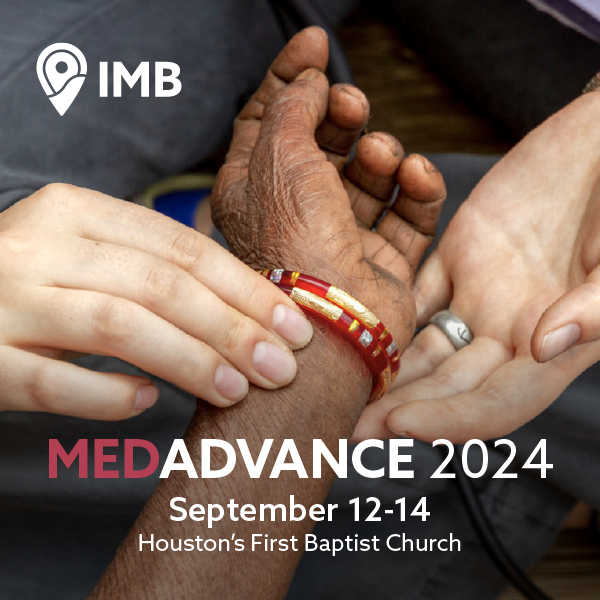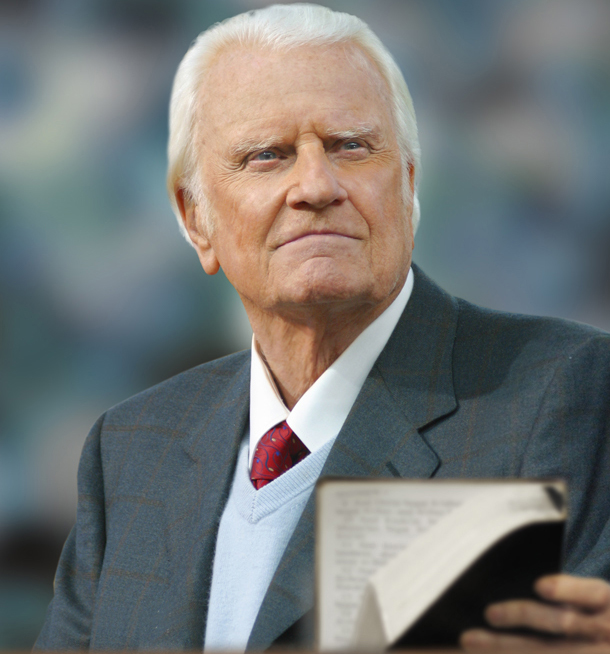
A large number of Americans are optimistic about personal change. We make resolutions and set goals even though we are generally terrible at keeping them. In spite of our documented lack of follow through, our desire for change is real. In fact, a majority of us want change in our prayer lives. In order to achieve the goal of improving our prayer lives, here’s a nearly forgotten strategy taken from the New Testament which, if followed, will add depth to any believer’s spiritual growth. Think of it as the “two-room strategy” for prayer.
Every believer needs an inner room for prayer
Fittingly, our first teacher on prayer was Jesus. In the Sermon on the Mount, Jesus described the importance of a secret, daily prayer life. He said, “But when you pray, go into your room and shut the door and pray to your Father who is in secret. And your Father who sees in secret will reward you” (Matthew 6:6). Those words form the basis of our fundamental understanding about the importance of prayer.
Jesus urged His followers to find an “inner room” of solitude and secret fellowship with God. For good reason there has been no shortage of teaching on this highly significant aspect of prayer.
One of the most interesting aspects of Jesus’ inaugural teaching on prayer is His insistence that we find some quiet, private “inner room” for our time alone with God. Most of us have read books on this “quiet time” with God. We’ve heard and preached sermons and small group lessons on it. It’s no secret that the secret of prayer is prayer in secret.
The “inner room” of prayer has long dominated our understanding of a normal Christian prayer life. It has seemed, at times, to be the primary way we are called to pray. After all, didn’t Jesus tell His people to “go in your room”? Of course He did. But what if the inner room is only half the strategy for a dynamic prayer life? What if the New Testament strongly urges the inner room for prayer but hidden in plain sight is another piece of the puzzle we have curiously ignored for most of our lives? What if there’s more?
Every believer needs an upper room for prayer
No one could successfully argue from Scripture against the secret prayer life of the believer, but when we return to the Bible we are confronted with another room for prayer of equal importance. Jesus never intended for our prayer lives to remain forever in the closet! Just as there is an “inner room” for private prayer there is an “upper room” for congregational prayer.
The book of Acts provides the overview of an “upper room” strategy. It began when the resurrected Jesus urged His followers “not to depart from Jerusalem, but to wait for the promise of the Father” (Acts 1:4). After the ascension, the disciples interpreted His call to “wait” as a call to prayer. They started the prayer meeting without delay. “And when they had entered, they went up to the upper room, where they were staying…. All these with one accord were devoting themselves to prayer…” (Acts 1:13-14). The upper room prayer meeting lasted ten days and concluded with the outpouring of the Holy Spirit. Armin Gesswein once observed, “The early church did not attend a prayer meeting. The early church was a prayer meeting!”
The miraculous success of the upper room convinced the early church that prayer meetings would be an indispensable feature of congregational Iife and ministry. Consider these examples: As soon as the first sermon was preached at Pentecost, the church baptized 3,000 new believers in a single day. Their discipleship strategy included more prayer meetings. The text explains, “And they devoted themselves to the apostles’ teaching and the fellowship, to the breaking of bread and the prayers” (Acts 2:42). The Greek of verse 42 emphasizes “the prayers” rather than merely “prayer.” The reference to “the prayers” of Acts 2:42, using the plural noun and the definite article, demonstrates a continuation of the prayer meetings which defined the first-century church. As one contemporary minister observed, “Everything in the book of Acts happened at a prayer meeting, after a prayer meeting, or on the way to a prayer meeting.”
Later, when church leaders were harassed and detained by religious authorities, the early church started a prayer meeting. “And when they had prayed, the place in which they were gathered together was shaken, and they were all filled with the Holy Spirit and continued to speak the word of God with boldness” (Acts 4:31).
In an even more threatening example of persecution, the church reverted to their default position and organized a prayer meeting. “So, Peter was kept in prison, but earnest prayer for him was made to God by the church” (Acts 12:5).
In Antioch, more than a decade later, a group of gifted teachers and preachers met for a small prayer meeting. The results were supernatural and led to the official beginning of the worldwide Gentile expansion of the church. “While they were worshiping the Lord and fasting, the Holy Spirit said, ‘Set apart for me Barnabas and Saul for the work to which I have called them.’ Then after fasting and praying they laid their hands on them and sent them off” (Acts 13: 2-3). We could go on, but the pattern is clear. Prayer meetings change the world.
The book of Acts mentions prayer in numerous chapters, but private prayer in Acts is rare and limited to only a couple of examples. No one should conclude that private, “inner room” prayer wasn’t practiced; but it was “upper room” prayer that helped propel the Jesus movement to a global phenomenon in a single generation.
How do we replicate the strategy?
Someone has said, “Jesus started the church the way He wanted it, now He wants the church the way He started it.” So, every believer needs an inner room commitment in order to grow in private prayer. Next, we need an “upper room” commitment too.
Pastors must adopt the vision for dynamic prayer meetings that control the thermostat of their church. A pastor committed to an upper room strategy will find himself spending a similar amount of time and energy designing prayer meetings as he does planning and preparing a sermon. He must also preach on what the Bible says about prayer meetings.
Congregations must also be exposed to dynamic experiences in prayer meetings, not like the dull substitutes we have all grown weary of by now. If church leaders do not know how to lead a dynamic prayer meeting, they should research it and find examples of churches that do. Talk to the people who are doing it. Watch their services online. Go to their prayer meetings yourself. There is no excuse for not growing in this all-important evangelistic and discipleship ministry.
If we want our prayer lives to be different, we will adopt a New Testament strategy of two rooms for prayer. Spend more time alone with God in the inner room and more time with the church in the upper room. That’s a recipe for a meaningful, powerful prayer life.















